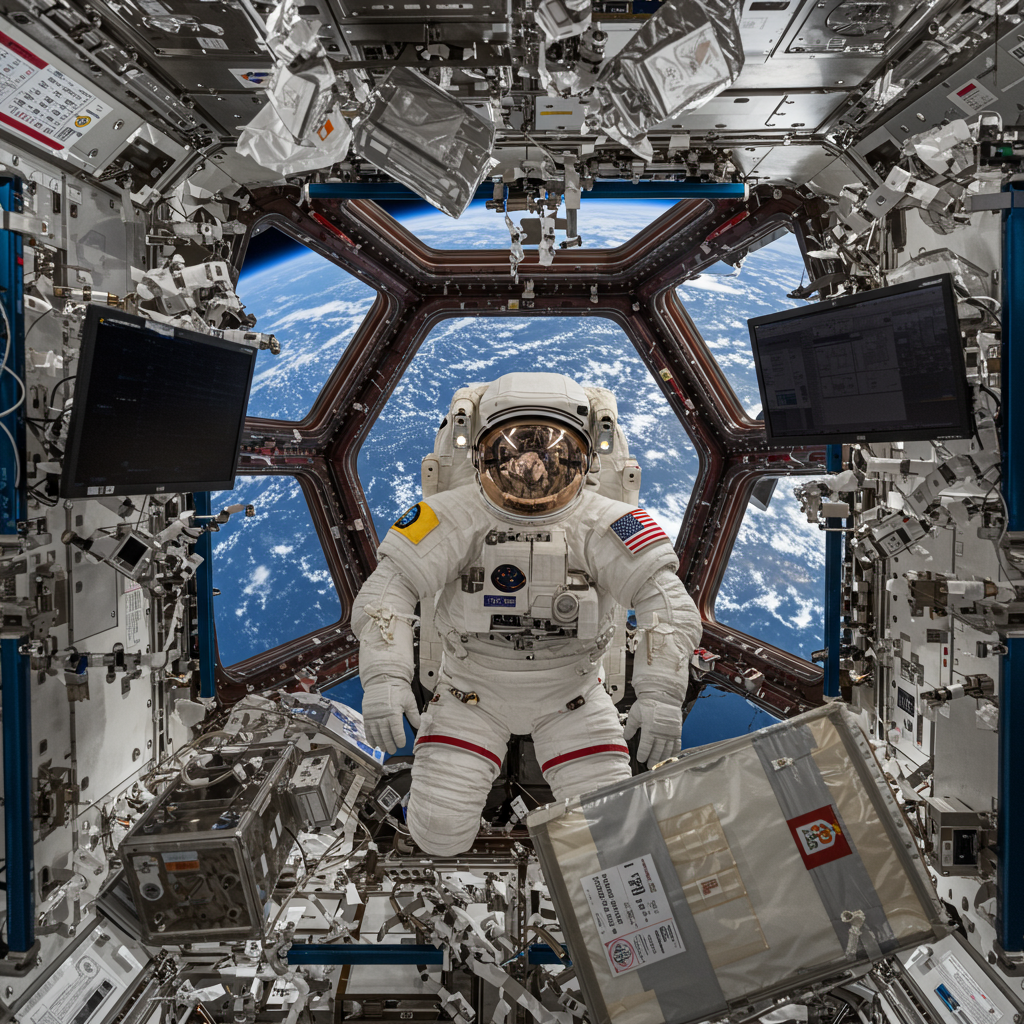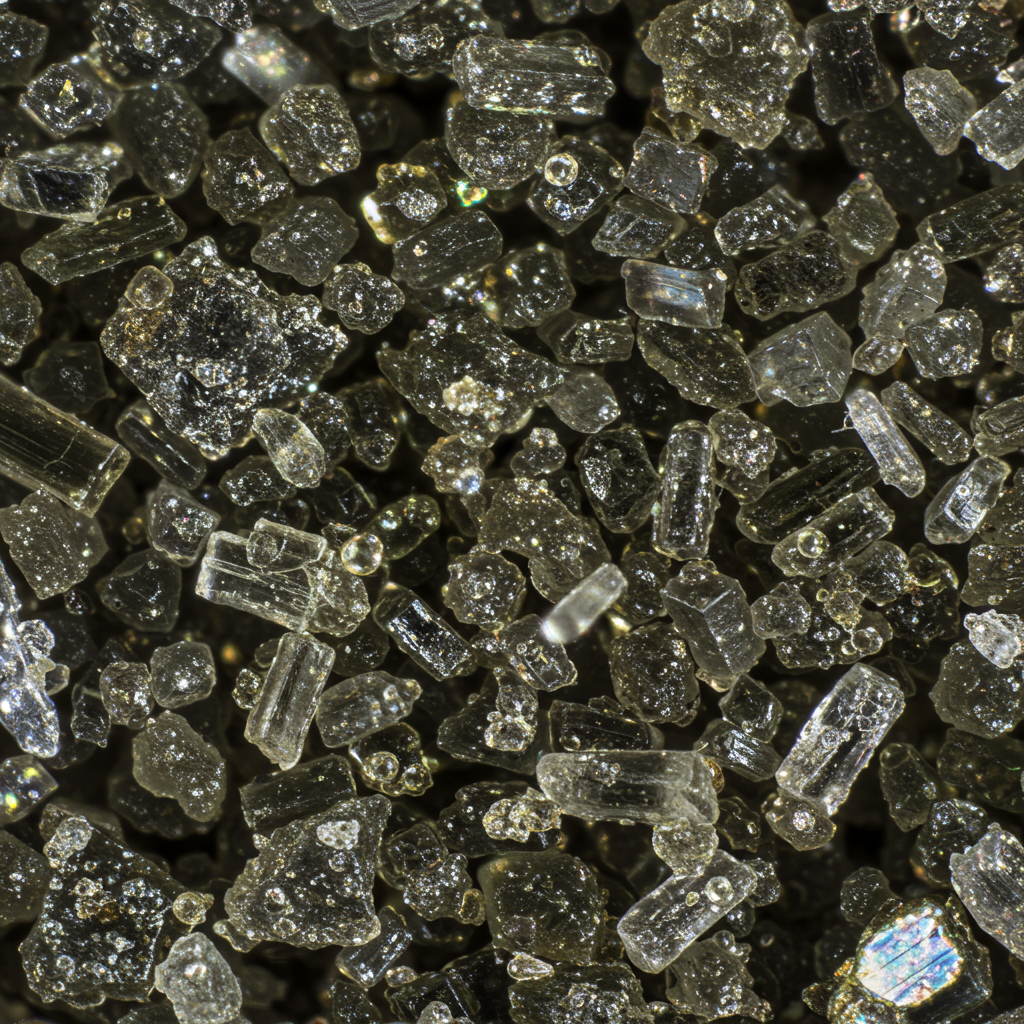The International Space Station (ISS) continues its vital role as a proving ground for the technologies and techniques needed to support human exploration far beyond Earth. Recent activities aboard the orbiting laboratory highlight the crew’s focus on critical areas: astronaut health, advanced robotics, and essential system upgrades, all crucial for planning and executing long-duration missions to destinations like the Moon and Mars.
Life in space presents significant challenges, including microgravity, radiation, and isolation. Understanding how the human body adapts and developing ways to mitigate these risks is paramount for missions lasting months or even years. The ISS offers a unique, real-time environment to study these effects.
Prioritizing Astronaut Health in Orbit
Ensuring astronaut well-being during extended space travel requires sophisticated monitoring and proactive countermeasures. Crew members recently engaged in detailed biomedical research focused on two critical systems: the cardiovascular and immune systems.
Using remote ultrasound technology, doctors on Earth assessed the heart health of NASA astronaut Jonny Kim as part of the CIPHER experiment suite. This research provides crucial data on how microgravity impacts cardiac function and artery health. Simultaneously, JAXA Commander Takuya Onishi collected biological samples for the Immunity Assay study, investigating spaceflight’s effects on the body’s immune response.
Insights gleaned from these experiments are essential for developing health protocols and support systems for future deep-space expeditions. Unlike missions in low Earth orbit (LEO) where relatively quick returns or real-time ground support are feasible, journeys to the Moon or Mars involve vast distances and significant communication delays – potentially up to 20 minutes each way for Mars. This necessitates the development of autonomous healthcare systems onboard spacecraft and habitats. Future deep-space crews will need advanced capabilities for onboard diagnostics, potential AI-assisted medical decision-making, and even remote or robotic surgical assistance. Terrestrial parallels, such as the use of smart ward technology in hospitals for remote patient monitoring and automated tasks, underscore the potential of these autonomous systems to manage resources and enhance care in challenging, remote environments.
Advancing Robotics and Station Upgrades
Robotics play a dual role on the ISS: assisting with maintenance and operations while also serving as a platform for testing future autonomous systems. The crew recently operated the European Robotic Arm (ERA), which is vital for cargo handling and inspecting station exteriors, as demonstrated by Flight Engineer Kirill Peskov inspecting the Rassvet module docking port.
NASA Flight Engineer Anne McClain contributed to robotics development by configuring the Astrobee free-flyer for autonomous docking tests. These tests are paving the way for more intelligent, self-sufficient robots that could perform routine inspections and maintenance tasks on future spacecraft and outposts, reducing the need for risky and time-consuming spacewalks.
Beyond robotics, the crew focused on upgrading environmental control systems. NASA Flight Engineer Nichole Ayers, supported by Jonny Kim and Takuya Onishi, enhanced the Thermal Amine Scrubber. This prototype technology efficiently removes carbon dioxide from cabin air while also recovering water, which can then be used to generate oxygen. Improving the efficiency of such life support systems is paramount for long missions, as it reduces reliance on resupply missions and increases the self-sufficiency of spacecraft and habitats. This push for self-reliance is also evident in major maintenance efforts, such as the multi-year project to replace the station’s older nickel-hydrogen batteries with more efficient lithium-ion units, a complex task involving spacewalks and robotic arm manipulation like the Canadarm2.
Supporting Diverse Science and Operations
The ISS crew’s work isn’t limited to health and robotics. Roscosmos Flight Engineer Sergey Ryzhikov deployed equipment for Earth observation studies, capturing valuable images of natural phenomena. Anne McClain also contributed to materials research by swapping out samples in the Materials Science Laboratory, helping develop more resilient materials needed for the harsh space environment.
Alongside the cutting-edge research, the astronauts managed crucial logistical tasks, such as stowing equipment and transferring water from visiting cargo vehicles. While seemingly routine, these operations are fundamental to keeping the station running smoothly and demonstrating the logistical capabilities needed for extended stays in space, including unexpected ones like the extended mission of astronauts Suni Williams and Butch Wilmore due to spacecraft issues, highlighting the inherent flexibility and robust supply chain planning of the station program.
Looking Ahead: The Future of Space Exploration
The daily efforts aboard the International Space Station, from intricate biomedical studies to the operation and upgrade of complex robotic and life support systems, are directly building the foundation for humanity’s next steps in space exploration. The knowledge gained regarding astronaut health, the development of more autonomous systems, and advancements in life support technologies are not just benefiting current operations but are critical stepping stones towards sustained human presence on the Moon, expeditions to Mars, and journeys into deep space. The ISS truly is our testing ground for the future.




